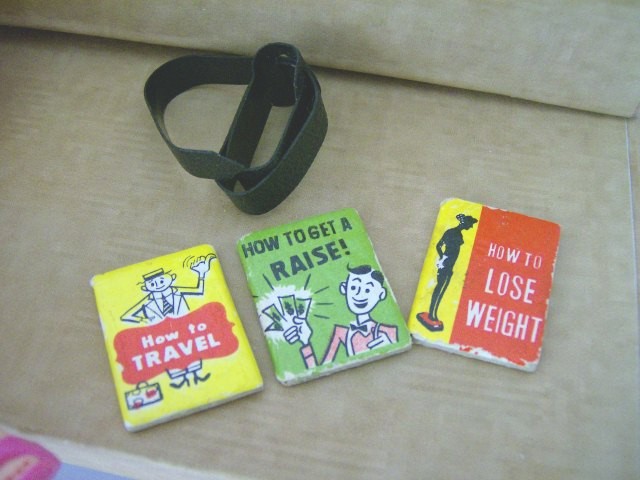Barbie’s Diet Plan

The Barbie doll was first unveiled by Mattel on March 9, 1959. The doll, the creation of a woman named Ruth Handler (who happened to be married to one of Mattel’s co-founders), was named after her daughter Barbie and came in both blonde and brunette versions. Over the course of the half-century plus, Barbie dolls have become a hallmark of many childhood play spaces.
Over that same time period, Barbie and Mattel have come under fire by critics who argue that Barbie’s unrealistic body image promotes anorexia. These critics note that the early Barbie was designed to be a 1/6th scale model of a real person, and, given those measurements, would be 5’9″ tall and weigh only about 110 pounds. Her body-mass index (BMI) would be about 16.25; according to the New York Times, those with a BMI under 17.5 are “at risk for health problems related to anorexia,” so the critics’s complaints are probably not unfounded. And then, of course, was the Barbie Baby-Sits doll from 1963 — which came with the book “How to Lose Weight,” as seen above.
The book’s advice?
“Don’t Eat.”

The book wasn’t much of a treatise — it was a simple prop for use with the toy, but, as seen below, it certainly gave some curious advice. The book made it into homes without much objection — perhaps a sign of the times, who knows? It returned in 1965 in another Barbie set, called Slumber Party Barbie, with an additional accoutrement — a bathroom scale. The scale, pink, was permanently set to 110 pounds. And like its babysitting counterpart from two years prior, the reaction to the items provided with the sleepover-themed Barbie garnered nary a whisper at the time.
But over the course of decades, Barbie’s makers capitulated — somewhat. Her measurements were redesigned in 1997 to, according to the BBC, “better reflect today’s society.” And she probably won’t come with reading materials instructing young women to skip lunch, either.
Bonus fact: In 1999, Mattel sued photographer and self-described “absurdist” Tom Forsythe for taking pictures of Barbie dolls in rotisserie ovens, fondue pots, maragarita glasses, etc., and making the images for sale as postcards. (See them here.) Mattel argued that the phtographs were a copyright infringment and dilutive of their trademarks — but the court disagreed. One absurd fact which came out over the course of litigation: before Mattel brought Forsythe’s work to light, he had only sold about $3,600 worth of postcards — and, according to Ars Technica, “‘at least half’ of this money came from Mattel investigators who bought the pictures in order to make their case.”
From the Archives: The Weight of Love: It’s 33 pounds higher than Barbie’s scale allows.
Related: Slumber Party Barbie: It’s the 1994 edition and the book and scale do not seem to be included, which is probably for the better. Bonus: it comes with glow-in-the-dark stickers!

Leave a comment